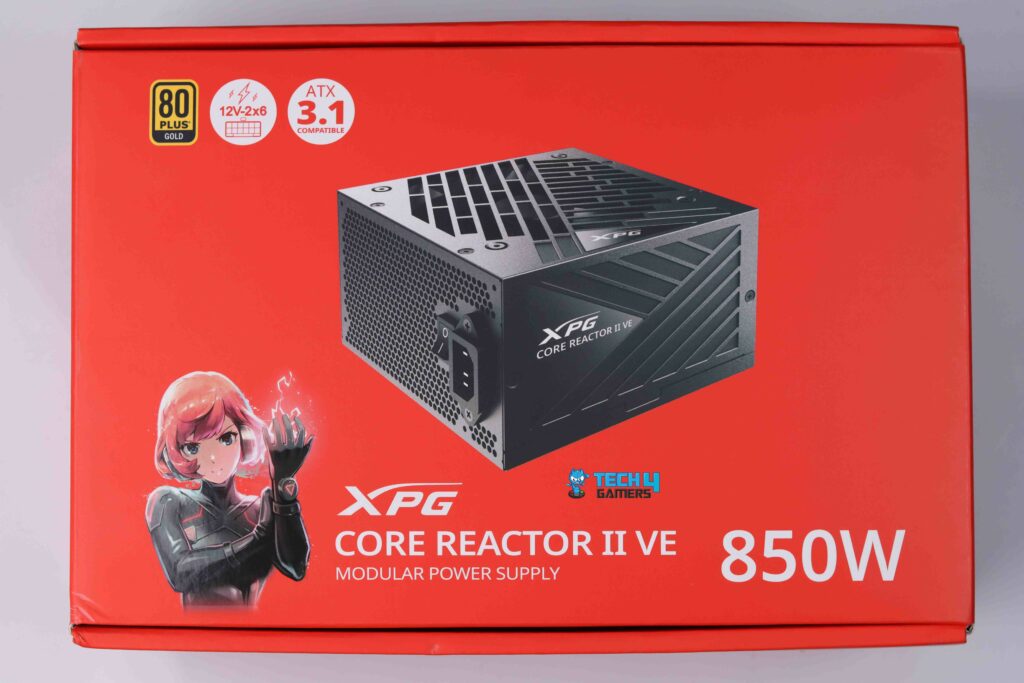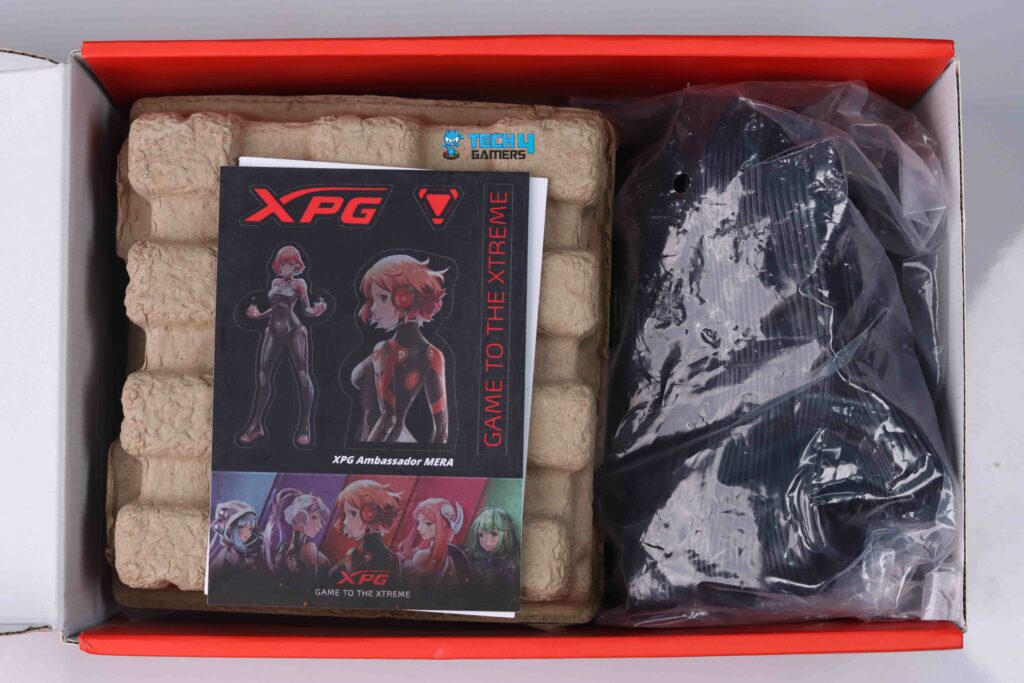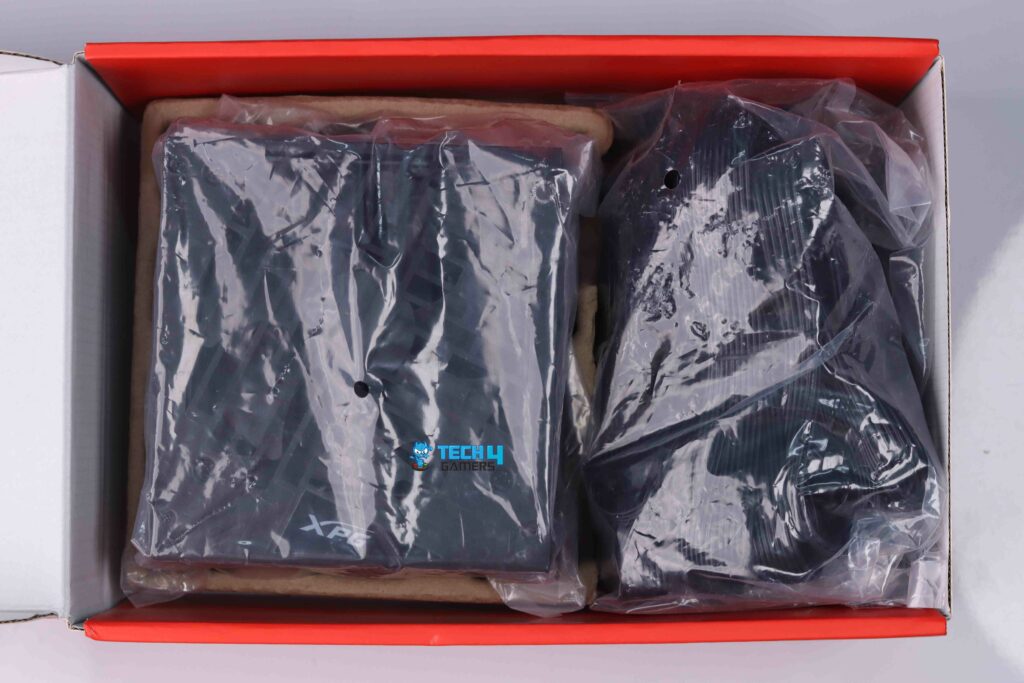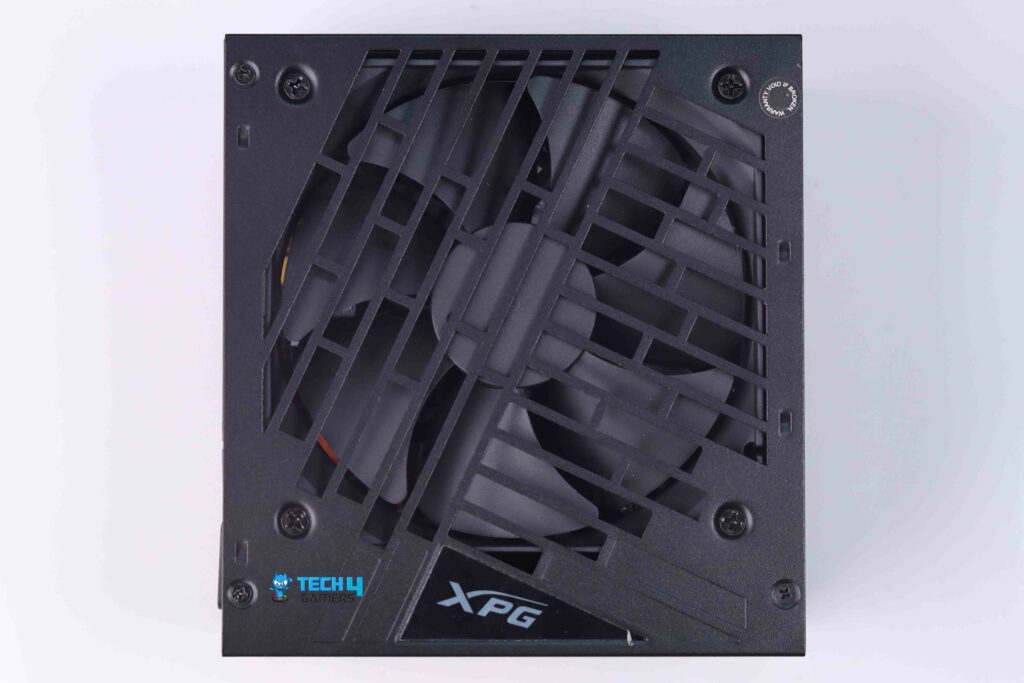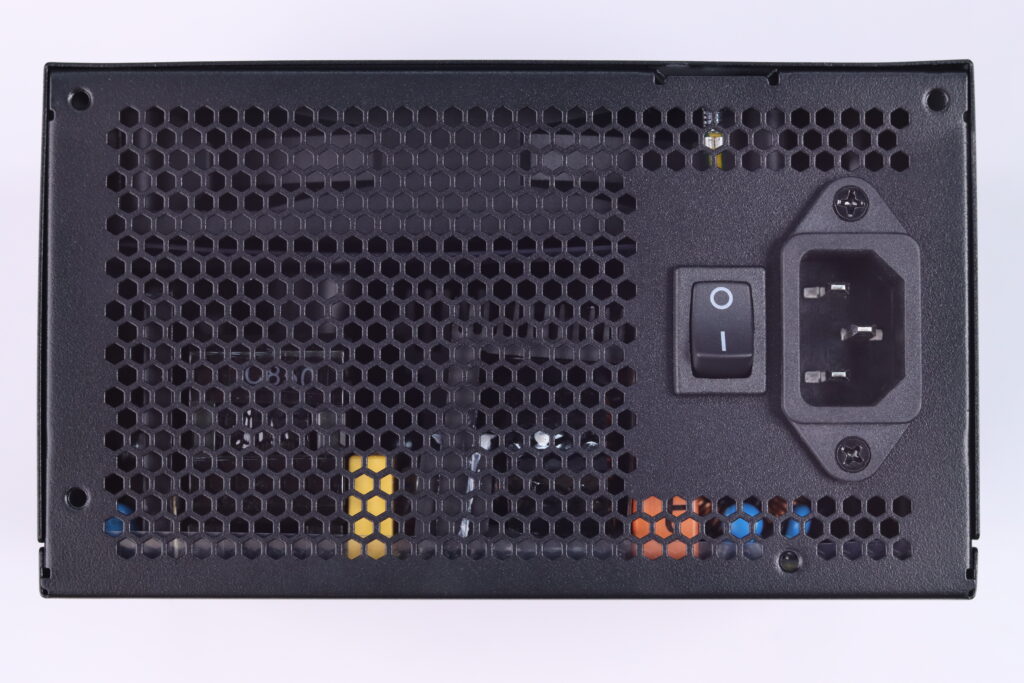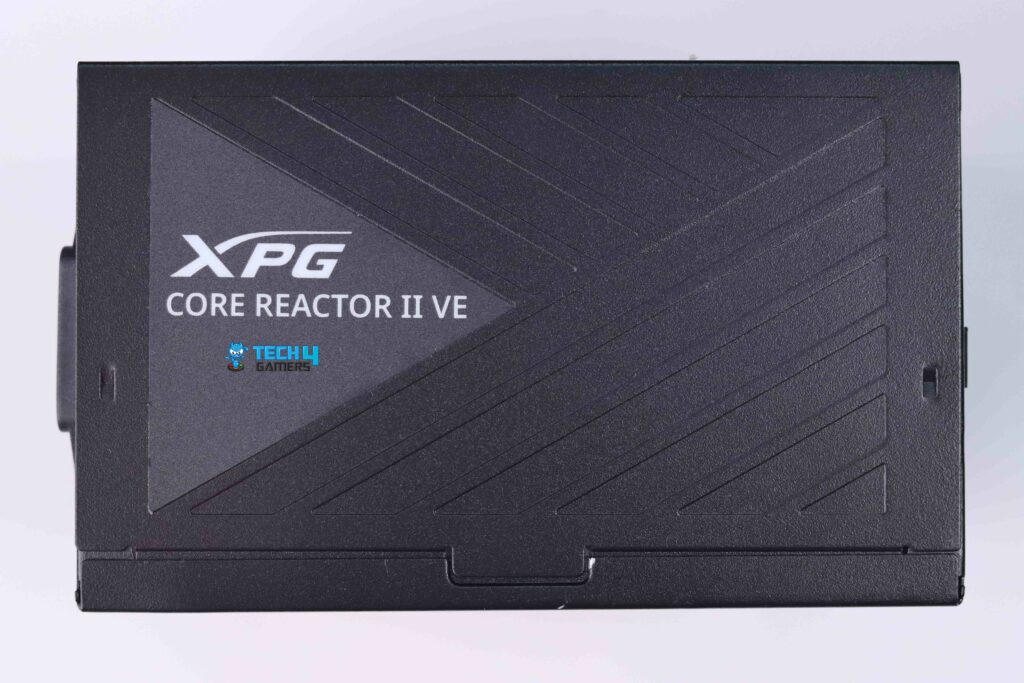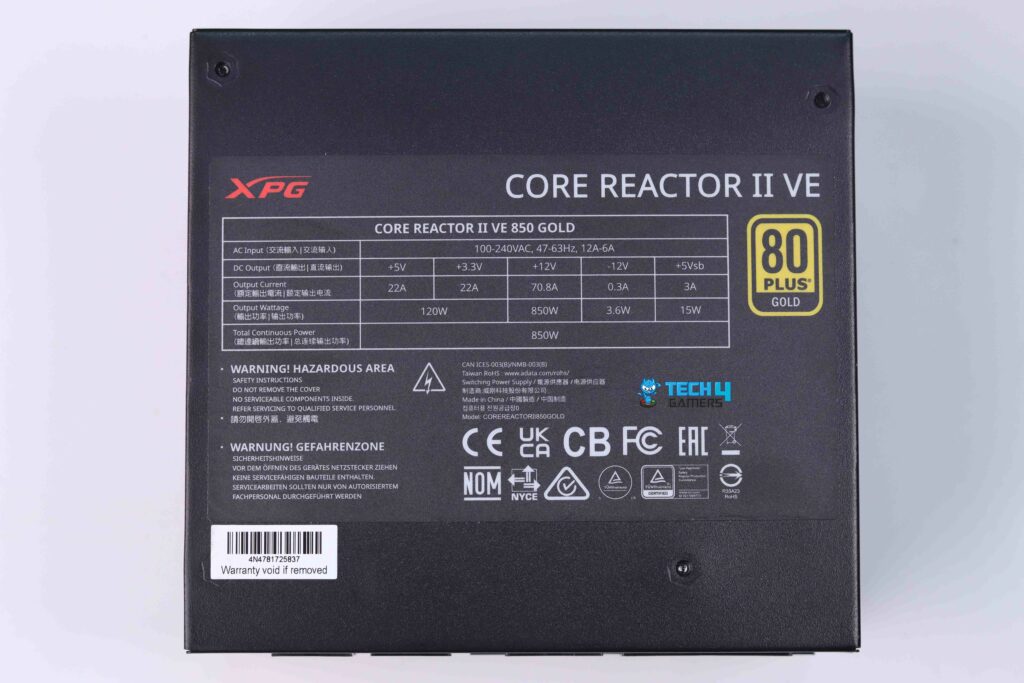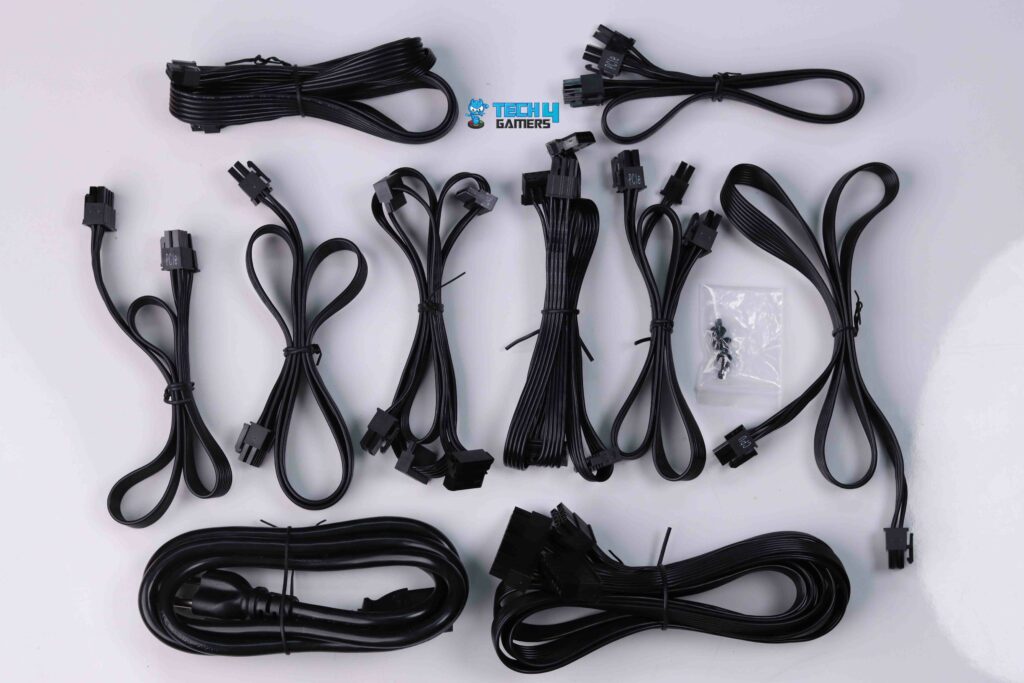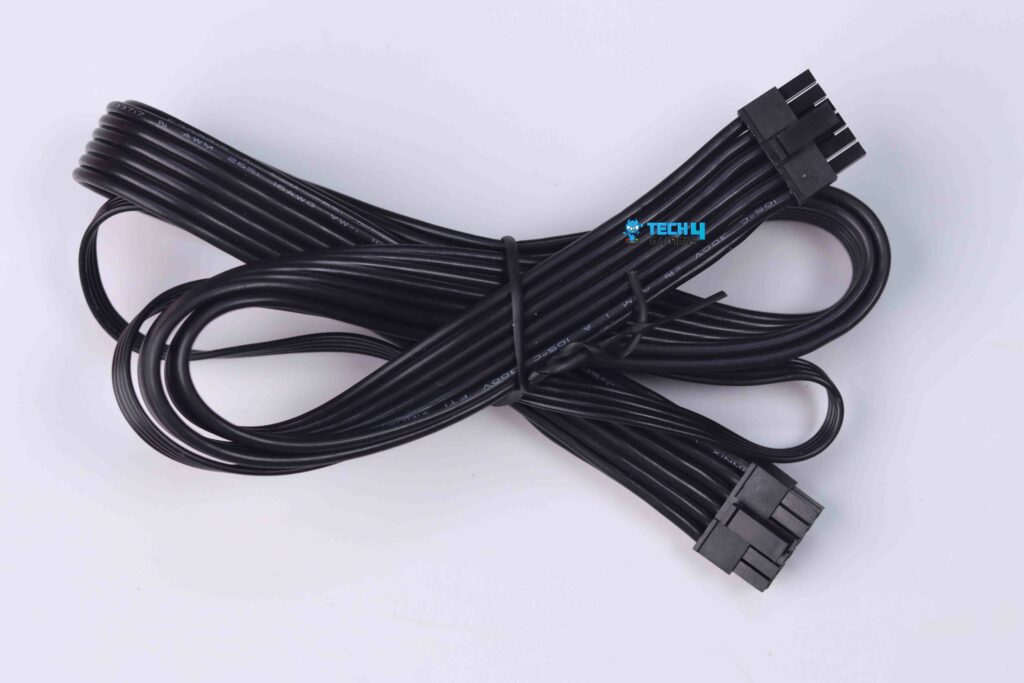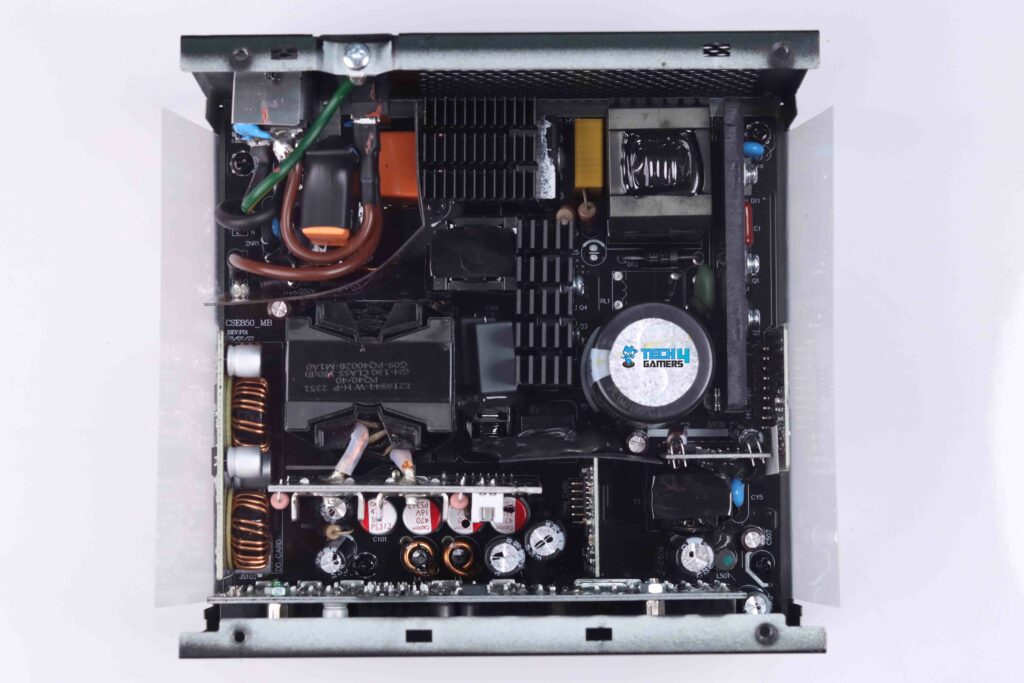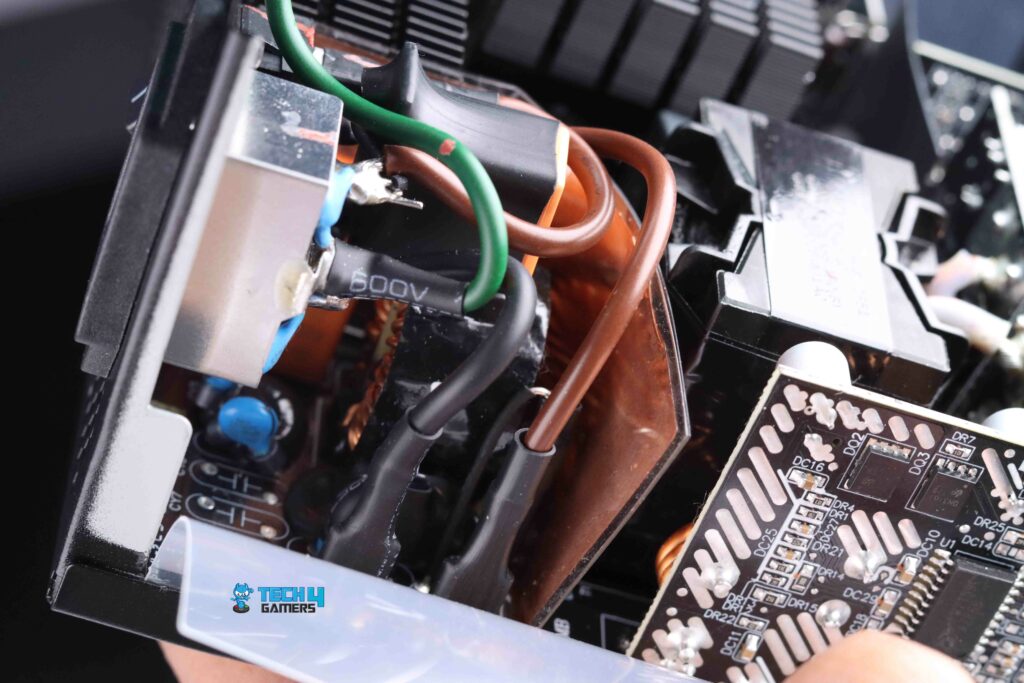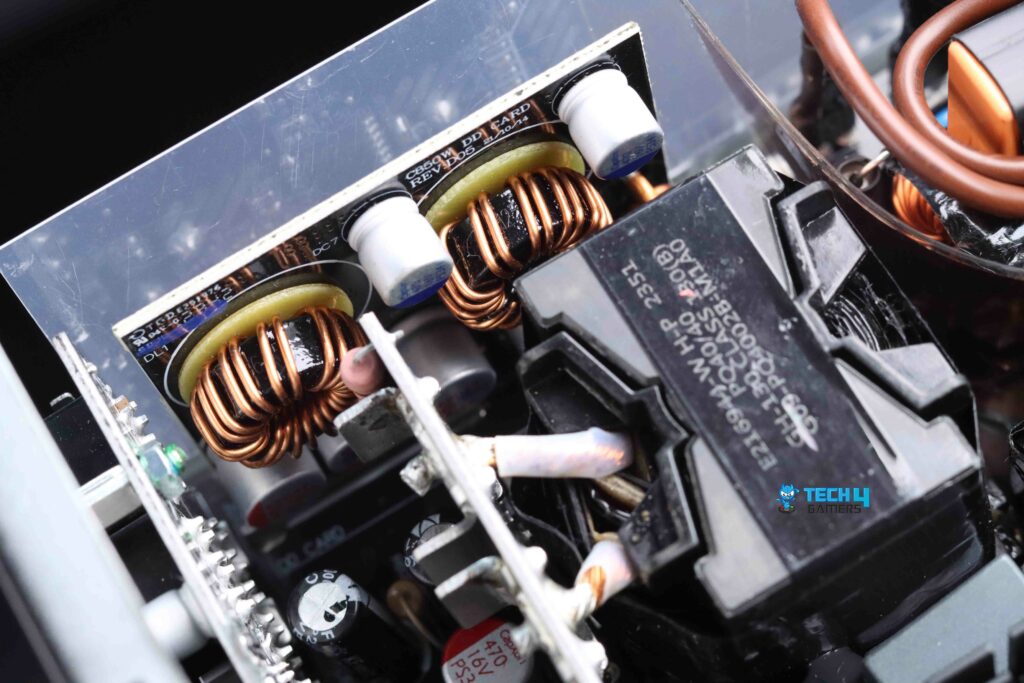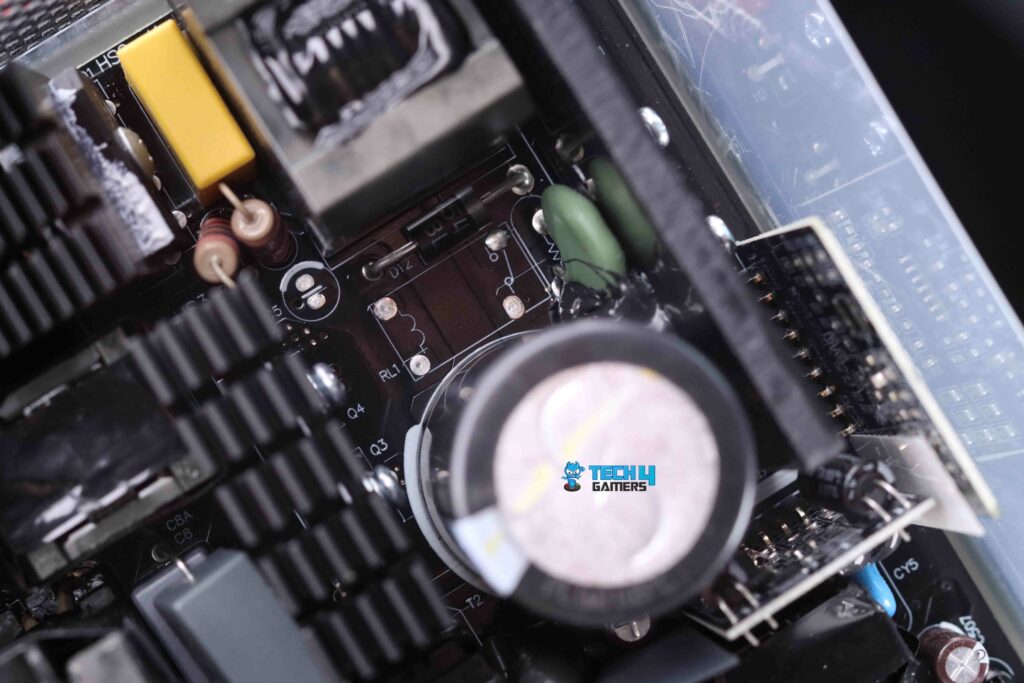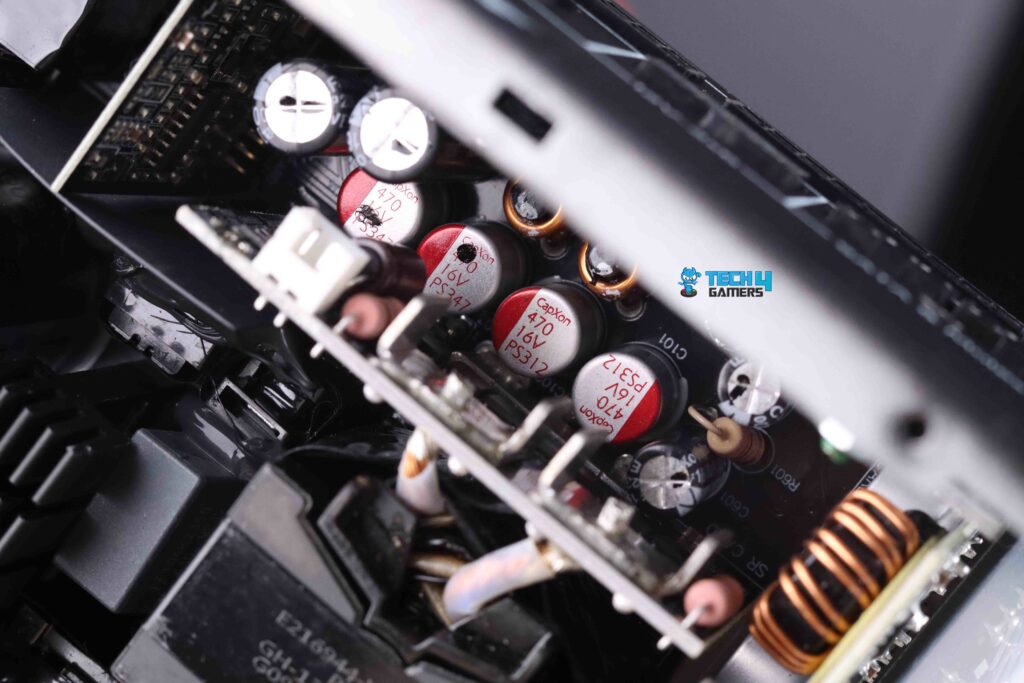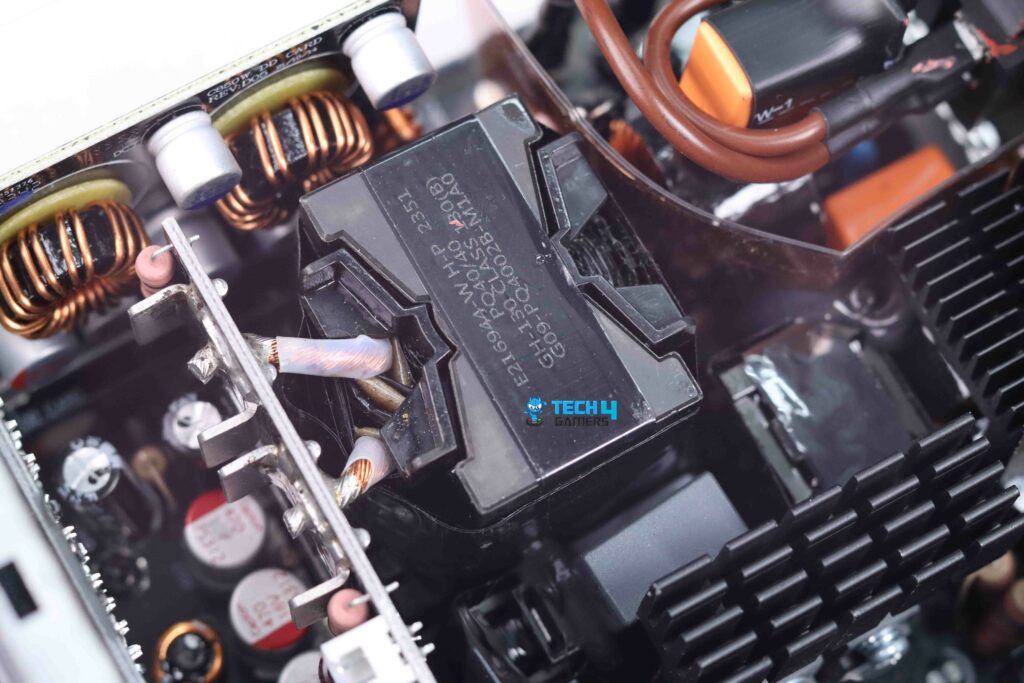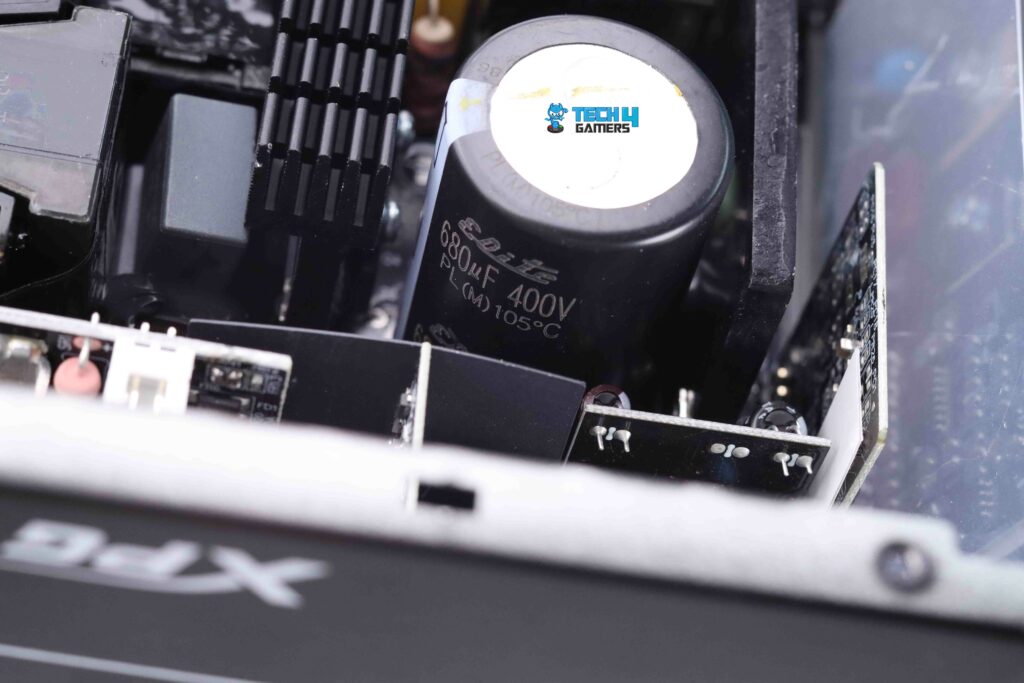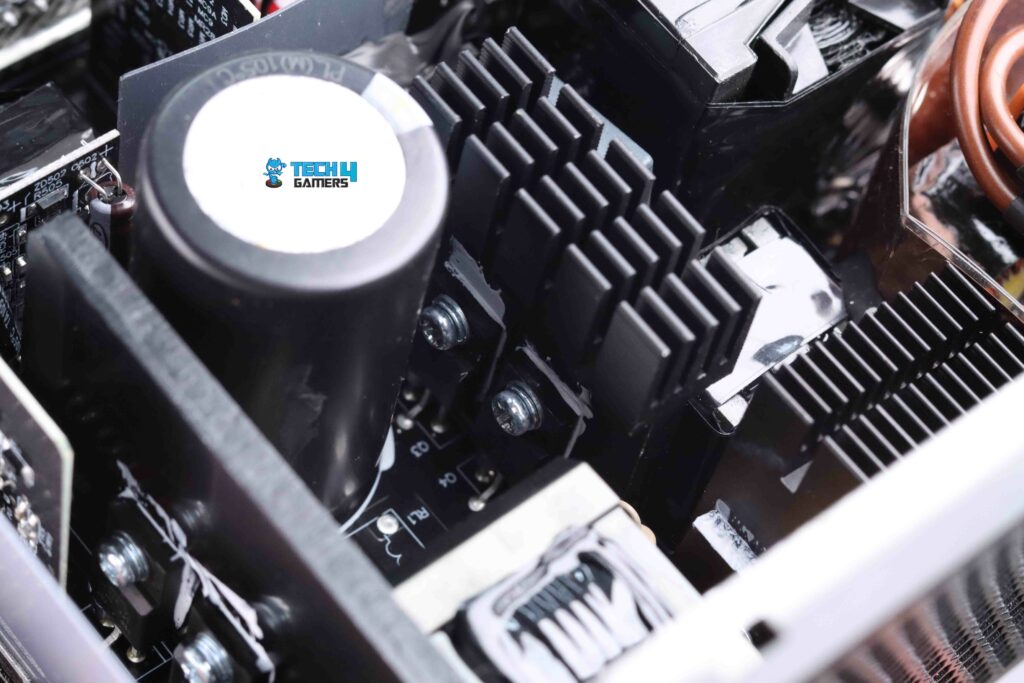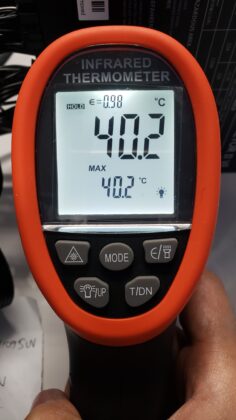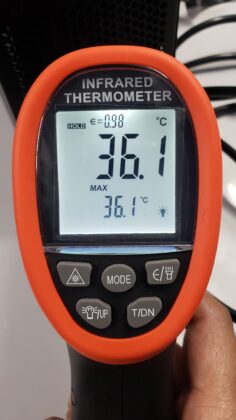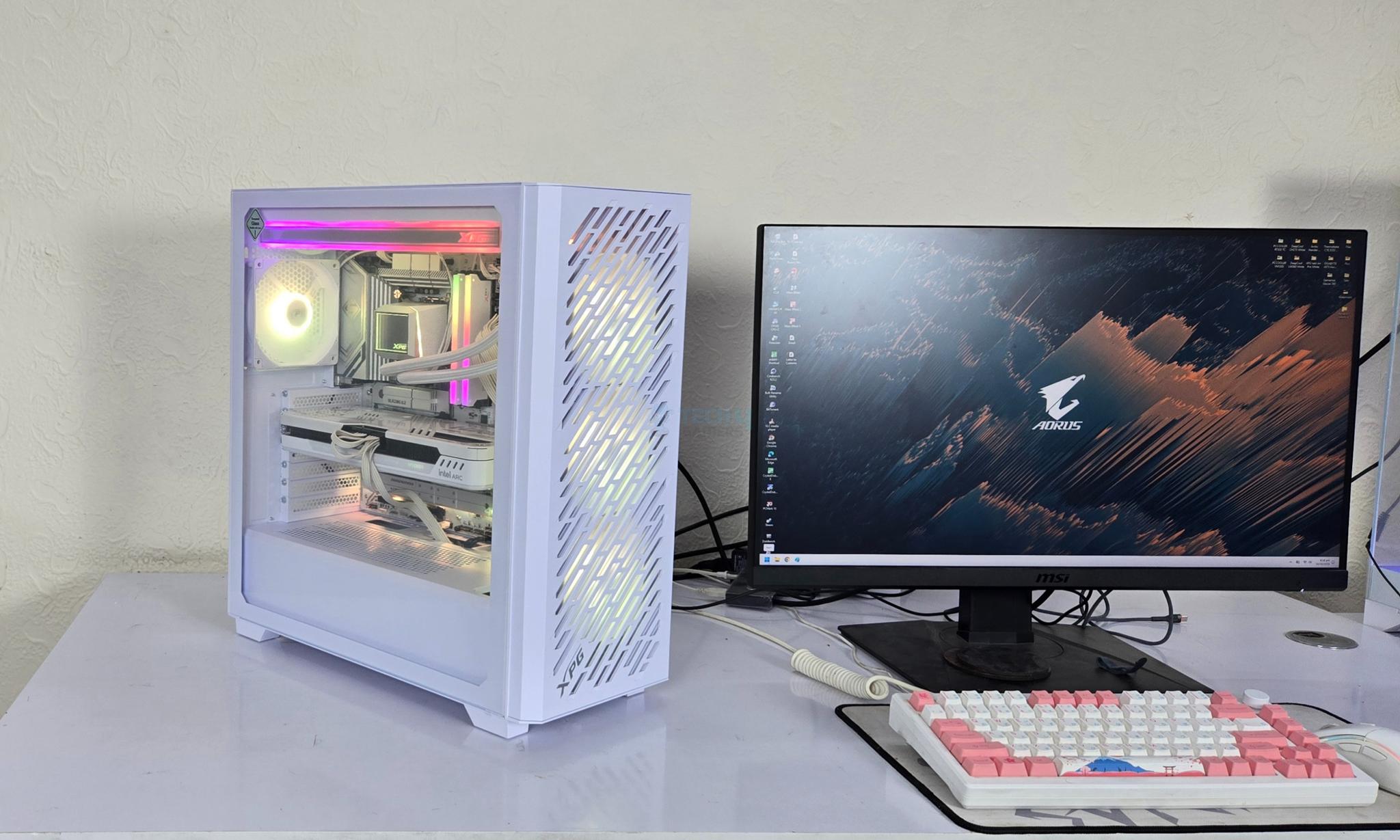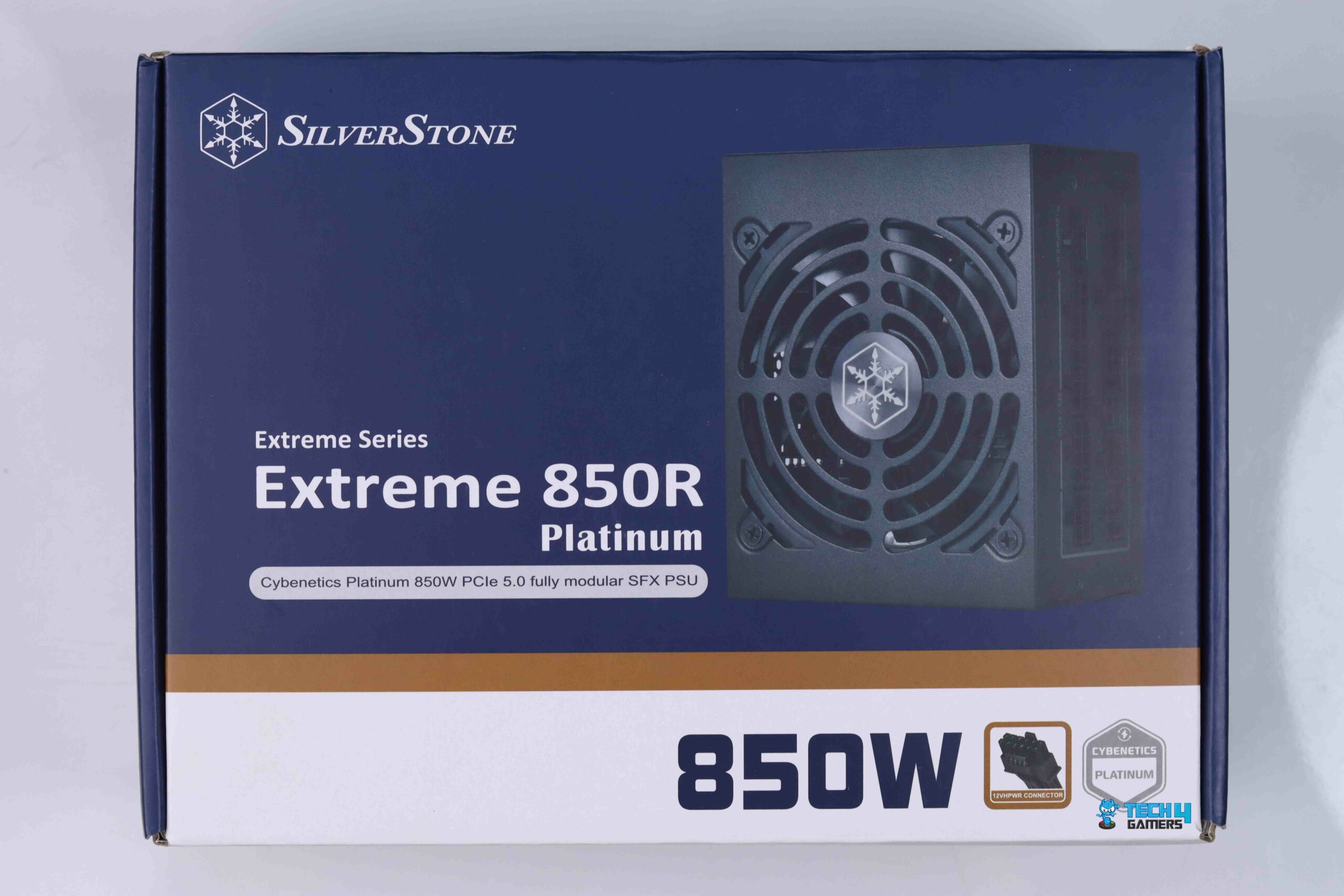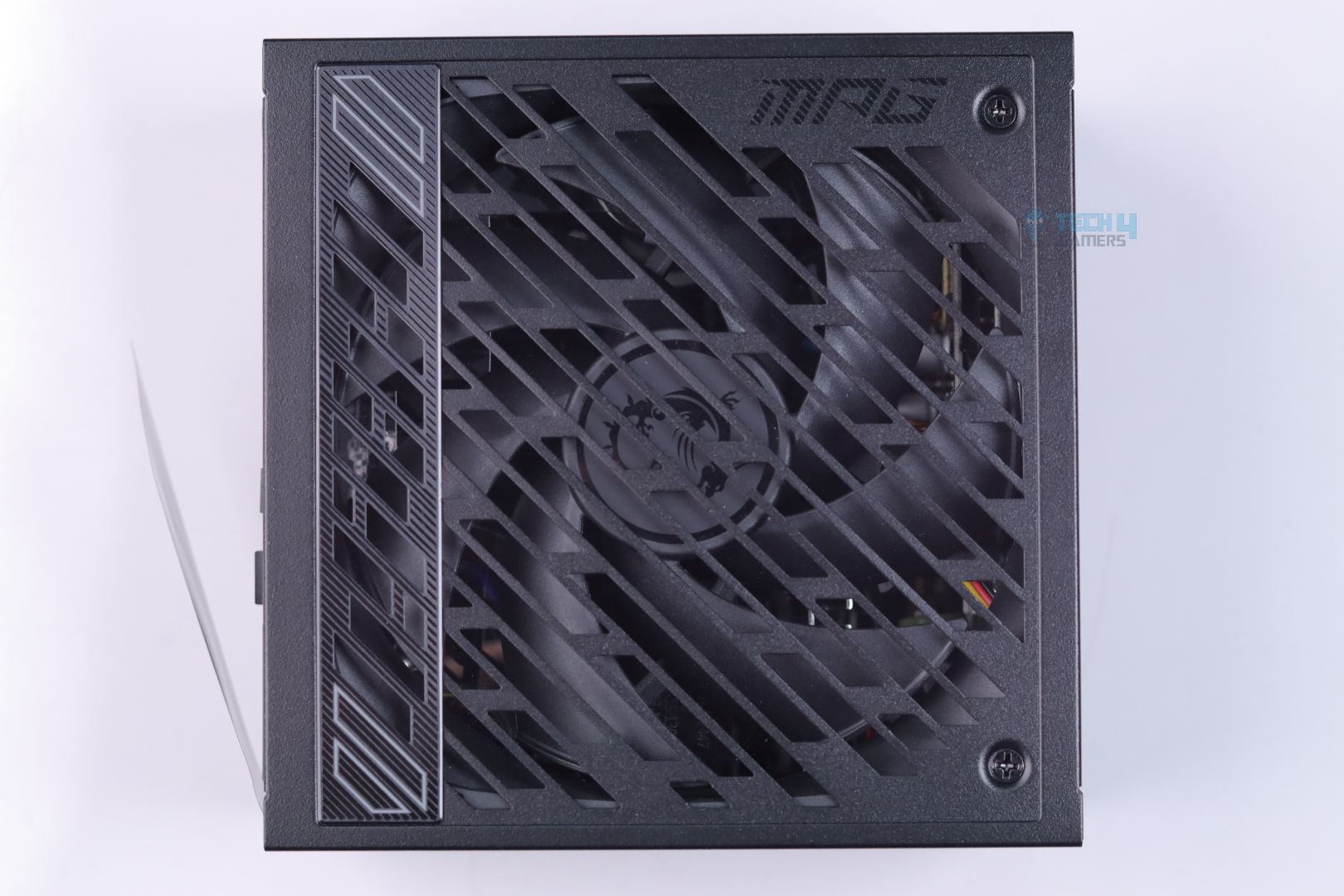Affordable, Efficient, and ATX 3.1 Ready!
Review Summary
The XPG Core Reactor II VE 850W delivers future-proof compatibility with ATX 3.1 compliance, exceeding 80Plus Gold efficiency for top-notch energy savings. The voltage ripple at the 12V rail was also decent, which seems fine given the value-orientated approach of the PSU. In short, XPG has really prioritized affordability and overall performance for casual and serious PC builders alike.
Hours Tested: 8

Overall
-
Performance - 8/10
8/10
-
Value - 9/10
9/10
-
Build Quality - 9/10
9/10
-
Efficiency - 9.5/10
9.5/10
Pros
- ATX 3.1 Compliance
- Build Quality
- Efficiency
- Lengthy Warranty
Cons
- Voltage Ripple
- Performance Under Stress
- Potential Cooling Issues
ADATA’s sub-brand XPG, an important player in the PSU industry, is the manufacturer behind the first ATX 3.1 PSU to reach our PSU load tester. XPG has recently expanded into ATX 3.1 compatible PSUs with the launch of the Core Reactor II VE series.
Intel’s latest ATX 3.1 specification changes have made things slightly easier for PSU manufacturers by lowering Hold-up time from 17ms to 12ms. Now OEMs are no longer required to only use expensive and beefier capacitors and this is exactly why we have recently been seeing an ongoing trend of low cost ATX 3.1 PSUs from different manufacturers by cutting some corners wherever they conveniently can. That’s what “VE” in Core Reactor II VE means, “Value Edition”.
Following its predecessors’ footsteps, the Core Reactor II VE is an 80Plus Gold PSU that stands out for its simple appearance and focuses on delivering consistent performance at an affordable price. This review will focus on every aspect of the XPG’s Core Reactor II VE series (the only ATX 3.1 PSU from XPG yet) specifically the 850W model.
Key Takeaways
- The XPG Core Reactor II VE 850W PSU is a standout choice. Its excellent efficiency, sleek design, and modular cable management make it suitable for both enthusiasts and casual users.
- You should buy it if you prioritize future-proof compatibility and seek a balance of affordability and quality.
- You should not buy it if you require silent operation under heavy loads and prioritize exceptional voltage ripple suppression for extreme overclocking.
Here are the specifications:
| Dimensions (L x W x H) | 140 x 150 x 86mm |
| 80 Plus Rating | GOLD |
| ATX Version | Intel ATX 12V v3.1 |
| Protections | OVP / OPP / SCP / OCP / UVP / OTP / NLO / SIP |
| Certification | CB / CE / FCC / TUV / cTUVus / BSMI / CCC NOM / FCC IC / UKCA / TUV / TUV S-Mark / cTUVus |
| PFC | 0.99 |
| Input Voltage | 100-240V |
| Input Current | 12A |
| Input Frequency | 47Hz-63Hz |
| DC Output Voltage | +5V | +3.3V | +12V | -12V | +5Vsb |
| Total Output | +5V/+3.3V :22A, +12V:70.8A, -12V:0.3A, +5Vsb:3A |
| Power Excursion | 1997W (*up to 235% of the PSU’s rated power for 100μs) |
| Operating Temperature | 40°C |
| Fan Size | 120mm FDB Fan |
| Fan Bearing | FDB (Fluid Dynamic Bearing) |
| Fan Speed | 2400 RPM |
| MTBF | 100K hours at full load |
| Warranty | Seven years |
Packaging & Unboxing
The Core Reactor II VE 850W PSU from XPG comes in sturdy and aesthetically pleasing packaging. The solid cardboard box has a vibrant red color palette and prominently displays a front picture of the PSU. Furthermore, dense wrapping foam encases the PSU securely to guarantee its safety throughout the shipment.
Overall, the package is straightforward, including just the most essential components, like the AC power cord and mounting screws. Last but not least, it comes with a bunch of cool stickers that you can use to personalize it.
Design
The chassis that contains the XPG Core Reactor II VE 850W PSU corresponds to the standard ATX dimensions, measuring 140 mm × 150 mm × 86 mm (L × W × H). Because of its small footprint, the PSU is compatible with most PC cases. For this reason, the engineers at XPG had to settle with a 120 mm fan for cooling since no bigger fan could fit in the compact chassis. Notably, with its elegant matte black finish, the Core Reactor II VE 850W PSU decided to go for a subtle appearance.
Moreover, the abstract geometric fan cutout and side embossed geometric designs elevate the aesthetic while maintaining its sophisticated appeal. A comprehensive sticker on the top of the PSU lists its certifications and electrical specifications. On the front of the XPG Core Reactor II VE 850W PSU, you’ll find the usual AC outlet and on/off switch.
Cable & Connectors
These are the cables that are provided with this PSU:
- Motherboard 20+4 Pin x 1
- ATX 12V 4+4 Pin (CPU) x 2
- PCI-E 12V-2×6 12+4 Pin x 1
- PCI-E 6+2 Pin x 3
- SATA x 6
- Molex x 2
Through its completely modular design, this PSU allows you to detach all DC power cables, including the 24-pin ATX connector. Thanks to the absence of sleeving, all black cables, from the connectors to the actual wires, have a sleek, unified appearance. The back of the PSU has a well-organized arrangement of modular cable connectors, making connection straightforward and error-free. The chassis includes a readable, brilliant white legend that helps with cable installation, even if the connections are not color-coded.
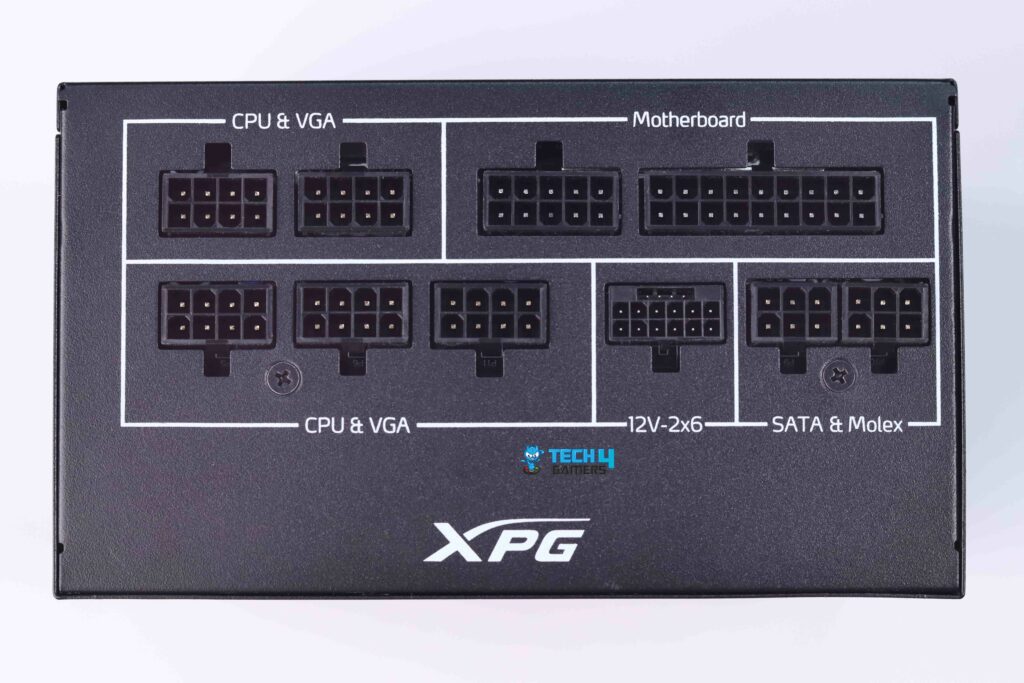
Here is the list of all connectors:
| Cable Type | Quantity |
| Motherboard 20+4 Pin | 1 |
| ATX 12V 4+4 Pin (CPU) | 2 |
| PCI-E 12V-2×6 12+4 Pin | 1 |
| PCI-E 6+2 Pin | 3 |
| SATA | 6 |
| Molex | 2 |
Fan
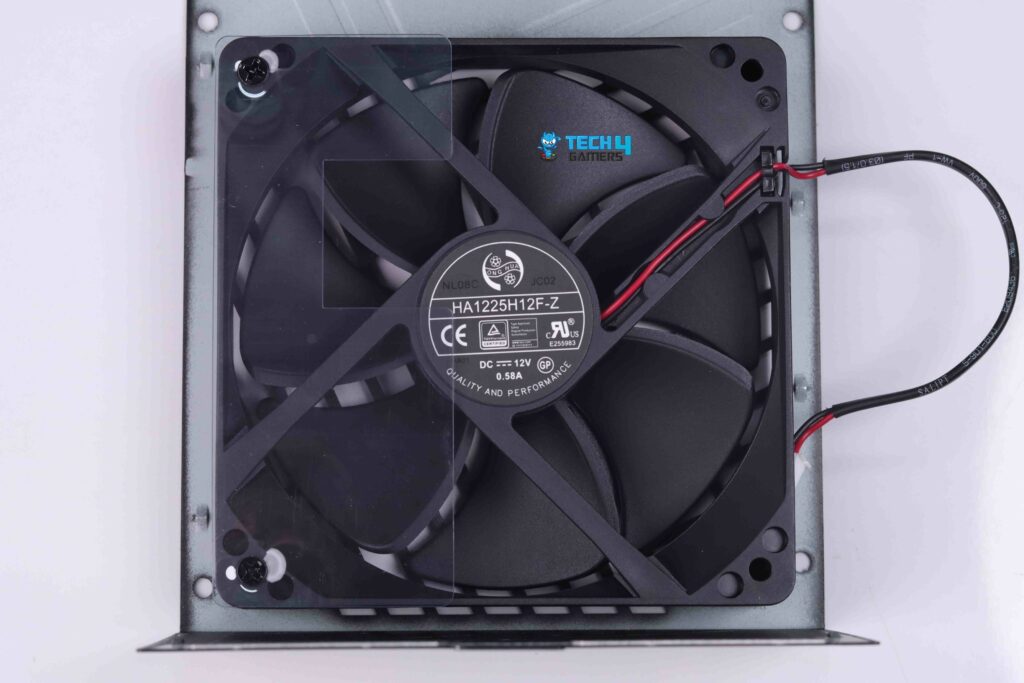
The XPG Core Reactor II VE 850W has a 120 mm fan from Hong Hua HA1225H12F-Z, with an FDB (Fluid Dynamic Bearing) engine. Many manufacturers of premium PSUs tend to go for this fan type. For a 120 mm fan, this model’s maximum speed of 2200 RPM is impressive.
Teardown & Component Analysis
One of the most reputable OEMs for PSUs with medium to high power outputs is Channel-Well Technologies (CWT), which is also behind the XPG Core Reactor II VE 850W ATX 3.1 PSU. CWT has been XPG’s PSU OEM since the beginning of its journey. So, we can say that XPG has a lot of faith in CWT. Additionally, many more widely used PSUs rely on CWT’s Platforms, solidifying the brand’s reputation as an esteemed OEM.
Many PSU manufacturers use CWT platforms and request design tweaks or component choices to specific pricing points. In contrast to competing manufacturers, XPG is known for incorporating high-quality components in even its most affordable PSUs. Therefore, I fully anticipate that the XPG Core Reactor II VE 850W ATX 3.1 PSU will not be compromising over its build quality regardless of its lower cost. The Core Reactor II 850W ATX 3.0 PSU had the similar platform as this one, indicating that the ATX 3.0 and ATX 3.1 standards have only subtle differences.
Except for the changes in Hold-up time, main distinction in ATX 3.1 specs is the length and configuration of the PCI-Express 5.0 connector’s (now known as 12V 2×6 connector) sensing pins and 12V conductors length for better & safer connection. Notably, the Core Reactor II VE 850W PSU’s well-established topology ensures reliable performance. With two X capacitors, four Y capacitors, and one filtering inductor, the input stage of the power supply has a more powerful transient filter than the ATX design guide baseline, following two bridge rectifiers on their heatsink.
Moreover, a copper sheet acting as an EMI shielding separates the unit’s filter stage from its other components. The active components of the APFC circuit are located on the main heatsink that runs down the PCB’s border. They consist of a diode, two 33N60M2 MOSFETs, a filtering inductor, and an enormous 400V/680μF capacitor. The circuit uses a combination of electrolytic and solid-state capacitors made by well-known Taiwanese capacitor manufacturers, Elite and CapXon. Though we would have loved seeing Japanese branded capacitors in this unit but then the “VE” branding on the box immediately reminded us why this isn’t the case here. Regardless, Taiwanese branded capacitors especially Elite is considered the best alternative to Japanese capacitors.
Despite the high density of components on the PSU’s PCB, the absence of internal cable routings allows sufficient space for air to flow freely and efficiently cool the components. The Core Reactor II VE 850W PSU uses a half-bridge LLC topology in the primary inversion stage. This is a usual configuration in modern PSUs since it is reliable and cost-effective. The main switchers (25N60EFL) are located on a specialized heatsink.
Moreover, eight OnSemi NTMFS5C430N transistors are arranged on a vertical daughterboard, providing a single 12V output for the secondary stage conversion. In another daughterboard, you’ll find the DC-to-DC conversion circuits that control the 3.3V and 5V rails. Additionally, this board aids in dissipating the heat produced by the MOSFETS.
PSU Load Testing
12V & Minor Voltage Rails Regulation
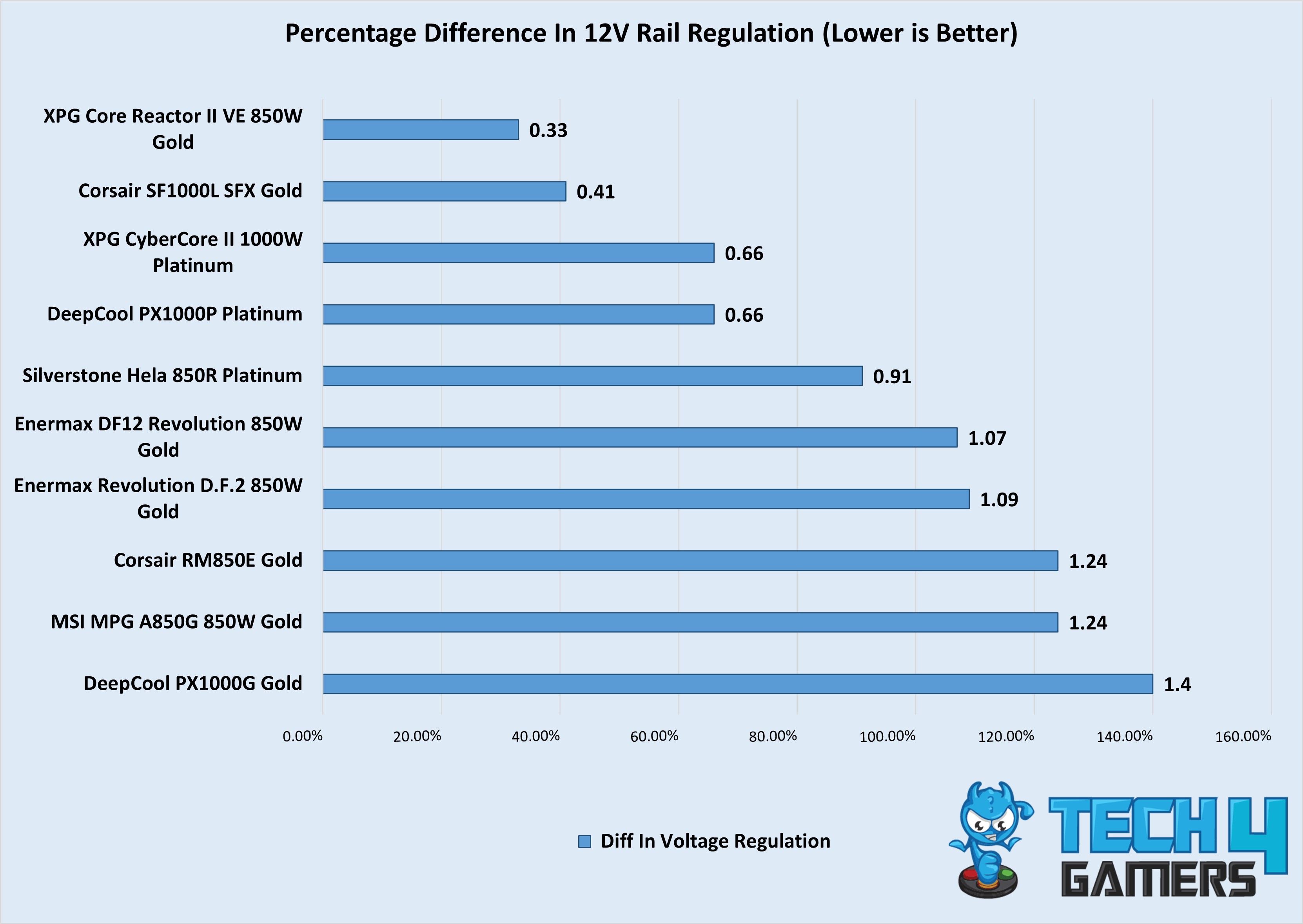
| Load in % | 12V | 5V | 3.3V |
| 20% | 12.07V | 5.08V | 3.31V |
| 50% | 12.06V | 5.07V | 3.30V |
| 70% | 12.06V | 5.07V | 3.30V |
| 90% | 12.04V | 5.07V | 3.29V |
| 100% | 12.03V | 5.06V | 3.29V |
12V regulation is exceptional! We were not expecting this level of performance from a budget oriented PSU.
PSU Efficiency
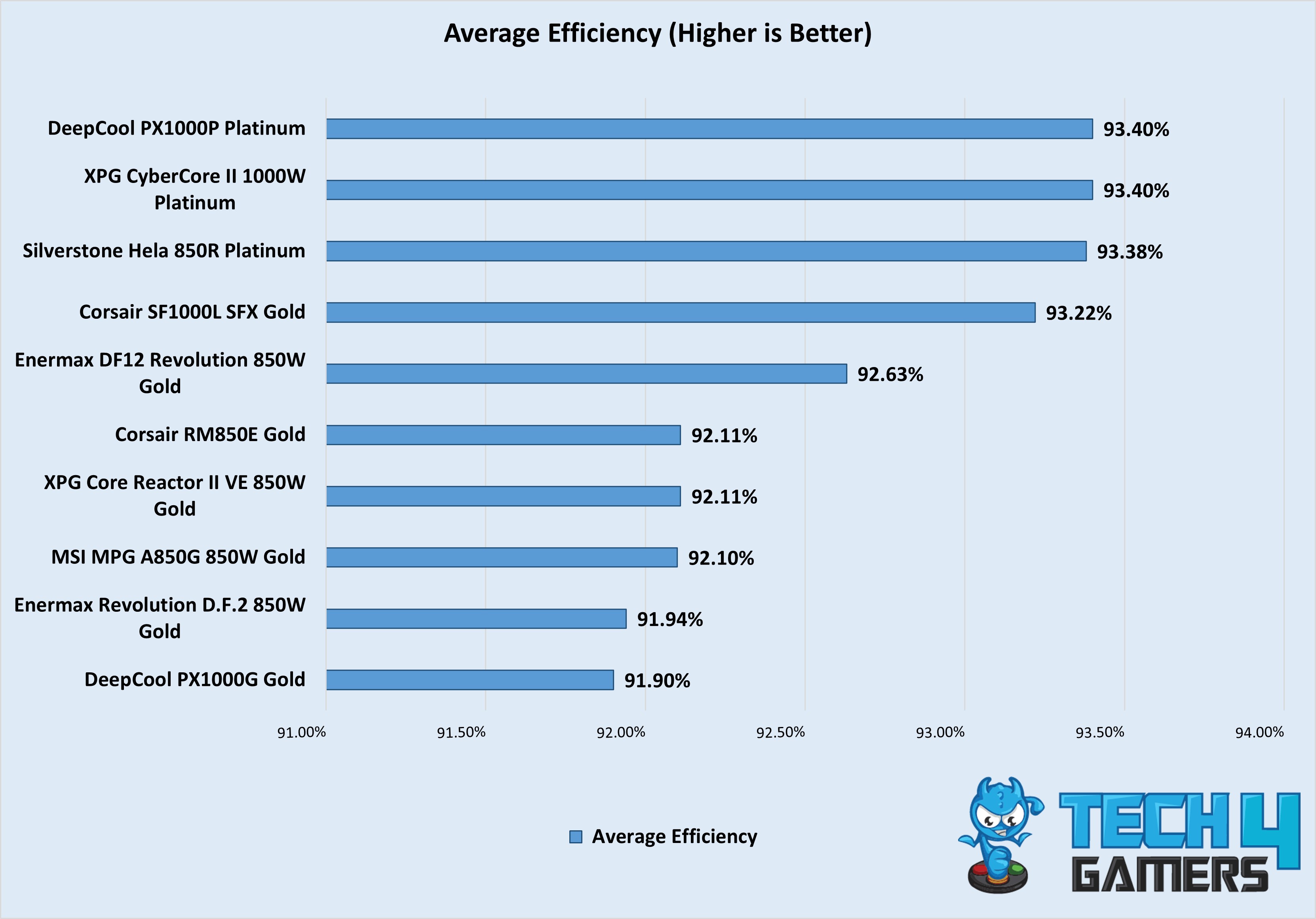
| Load in % | Power Factor | Efficiency |
| 20% | 0.944 | 91.05% |
| 50% | 0.980 | 93.03% |
| 70% | 0.986 | 92.78% |
| 90% | 0.988 | 91.96% |
| 100% | 0.99 | 91.74% |
The 850W XPG Core Reactor II VE is highly efficient, performing much higher than expected from the 80Plus Gold certification PSU. It is to note that XPG has skipped NTC’s bypass Relay (as shown in the teardown picture above) responsible for lowering wasted power, but still manages better performance in this test. XPG & CWT has tuned this platform really well.
Voltage Ripple Performance
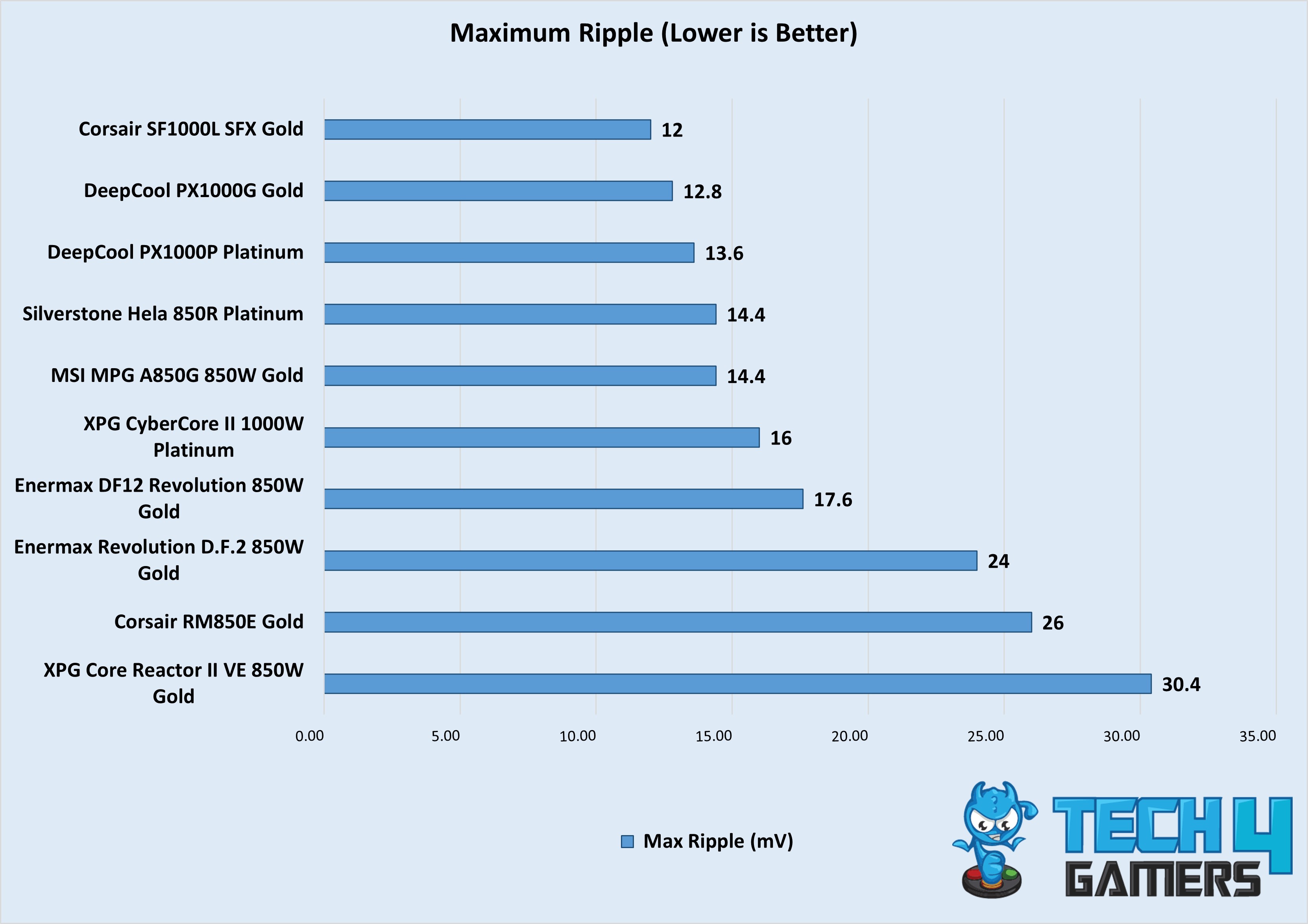
| Load in % | Voltage Ripple |
| 20% | 18.4mV |
| 50% | 20mV |
| 70% | 22.4mV |
| 90% | 26.4mV |
| 100% | 30.4mV |
Voltage Ripple is decent but not that impressive. Cost cutting has surely affected the performance in this test. XPG, with its wider PSUs lineup, seems to be targeting users as per their needs, and the XPG Core Reactor II VE lineup looks to be better suited for users who aren’t into extreme PC builds and extreme overclocking in mind. It’s a better balance of cost and performance.
Stay ahead of the curve without breaking the bank.
Temperatures
The 120 mm fan of the Core Reactor II VE is very good at dissipating heat regardless of the load, which allows for satisfactory thermal management. But we would still have loved seeing Hybrid Fan mode, an option which XPG seems to be missing in every of its PSUs.
12VHPWR Cable Performance On Max Load
The 12VHPWR cable effortlessly handled a 600W load at 11.83V.
Should You Buy it?
Buy it if
✅You prioritize future-proof compatibility: The XPG Core Reactor II VE 850W PSU’s adherence to the ATX 3.1 standard ensures compatibility with upcoming hardware.
✅You seek a balance of affordability and quality: With its reasonable price point and reliable build quality, the Core Reactor II VE 850W PSU offers a compelling option for users looking for reliable performance.
Don’t Buy it if
❌You require silent operation under heavy loads: While the PSU performs well in thermal management, it may exhibit increased noise levels under high ambient temperatures or near full capacity.
Final Verdict
With its remarkable compliance with the most recent standards, the XPG Core Reactor II VE 850W PSU stands out as the manufacturer’s first ATX 3.1-compliant PSU. With an MSRP of $119 and probably selling for much less, this PSU combines affordable pricing with solid build quality and high-quality performance that can appeal to many potential buyers.
The PSU has been precisely manufactured by the renowned Channel-Well Technologies, which increases its longevity and guarantees it can withstand the rigours of gaming usage. Moreover, XPG’s 7-year warranty is an additional sign of its trust in the PSU’s durability as time passes. As one of the first PSUs to adhere to ATX 3.1 standards, the XPG Core Reactor II VE 850W seems to provide future-proof compatibility with next-gen hardware.
Notably, its lengthy warranty, reasonable price, and useful features make it a good choice for many people, from casual gamers to serious PC builders. Although it does well on most metrics, potential buyers (especially extreme overclockers) should consider the consequences of its not-that-impressive performance in Voltage Ripple test. However, for those seeking a reasonably priced, well-rounded PSU, its performance parameters under normal working environments and durability make it a good choice.
Coming Next: XPG Core Reactor II 1200W Review
Thank you! Please share your positive feedback. 🔋
How could we improve this post? Please Help us. 😔
[Errors Troubleshooting Expert]
Arsalan Shakil (aka GuyThatDoesEverything on YouTube) is a PC Tech Enthusiast and Electronic Geek. With over 10+ years of experience in Electronics, he then decided to explore Software Engineering to design embedded products and automate existing hardware solutions.
When he started tearing down old cameras to understand how they worked, he was shocked (literally, when he got zapped by a flash discharge capacitor), giving him the power (debatable) to fall in love with videography/photography. He also started making some fun videos that later became YouTube tech reviews.
Skills:
- 10+ years of experience in Electronics design, embedded solutions, and prototyping
- Majored in Software Engineering
- Research paper publication in IEEE for Embedded Military Uniform & LoRa WAN wireless technology
- Specialized in IoT Solutions
- PC Enthusiast & PC Modder
In his local region, he’s known to expose cheap PSU brands, often claiming fake certification or false claims on the box. He’s a true nerd and needed some friends in his life. Then he met some guys who work at Tech4Gamers, and they also came out to be equal nerds who suggested he join Tech4Gamers as a Hardware Expert.


 Threads
Threads